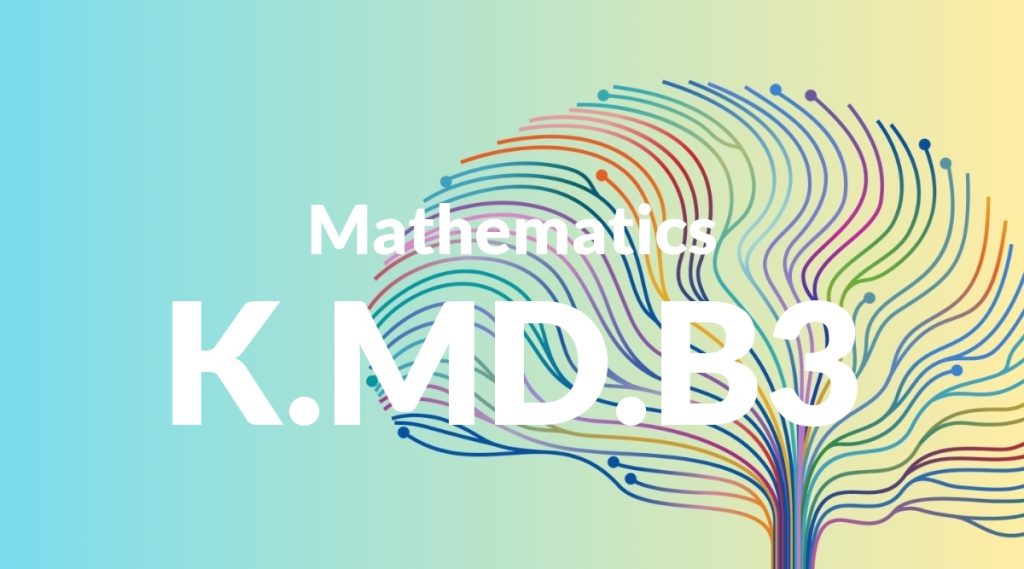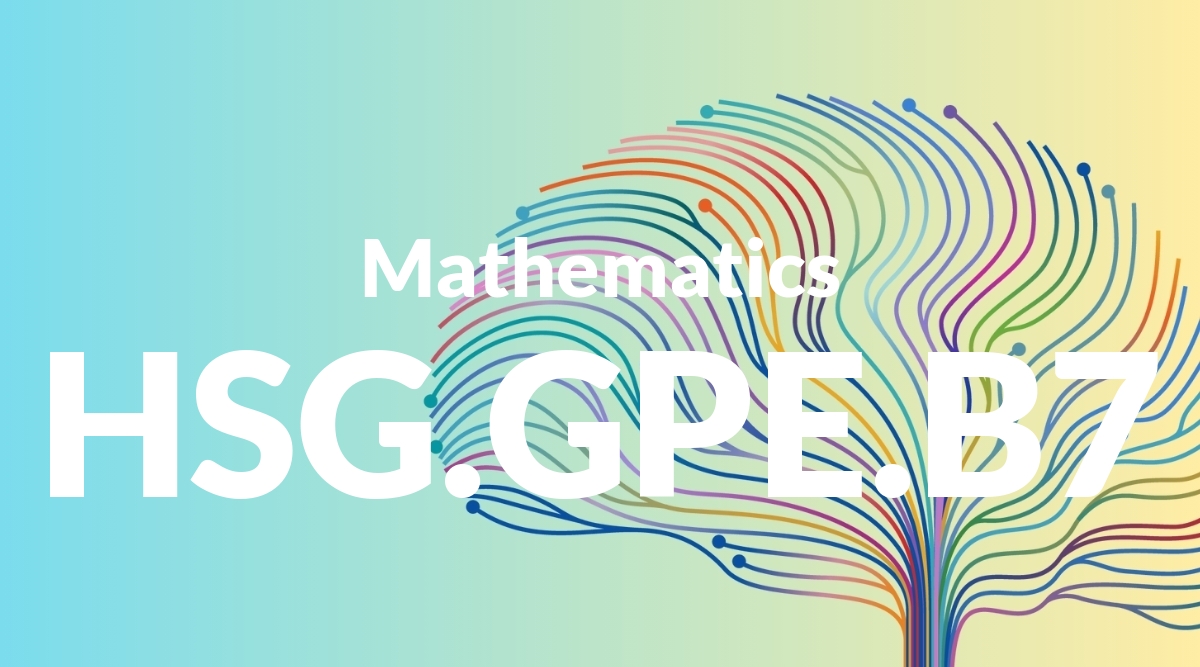Standard: K.MD.B3 – Classify objects into given categories; count the numbers of objects in each category and sort the categories by count.
Grade level: Kindergarten
Subject: Mathematics
Domain: Measurement & Data
Teacher Overview
This standard focuses on helping students classify objects into categories and count the number of objects in each category. It is essential because it builds foundational skills in categorization and counting, which are crucial for more advanced mathematical concepts. Students need to be comfortable with basic counting and object recognition before tackling this standard.
After mastering this standard, students will be better prepared to compare quantities, understand more complex data sets, and use graphs to represent data.
Common Misconception 1
Some students might believe that all categories must have the same number of objects, which is incorrect. This misconception can lead to frustration when they encounter categories with different counts.
Intervention 1
Provide diverse examples showing that categories can have different numbers of objects and engage students in discussions about why this is acceptable.
Common Misconception 2
Students may confuse sorting objects with counting them, thinking they are the same process. This misunderstanding can hinder their ability to accurately classify and count objects.
Intervention 2
Practice sorting and counting as separate activities before combining them. This helps students understand the distinct steps involved in each process.
Prerequisite Knowledge
Students should have basic counting skills and the ability to recognize and name different objects.
Subsequent Knowledge
Students will develop skills in comparing quantities, understanding more complex data sets, and using graphs to represent data.
Instructional Activities
- Sorting and counting different types of buttons
- Classifying classroom objects and counting each group
- Using picture cards to sort and count animals
- Organizing and counting different types of pasta shapes




